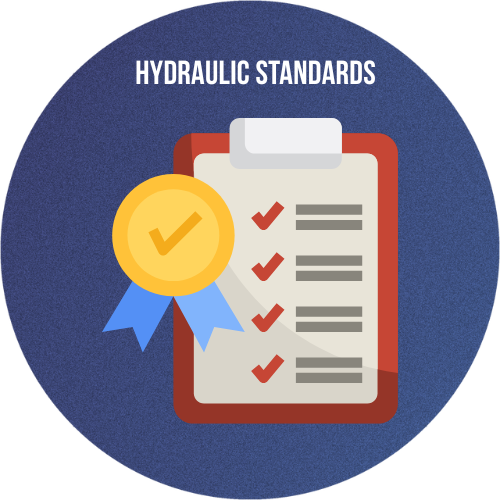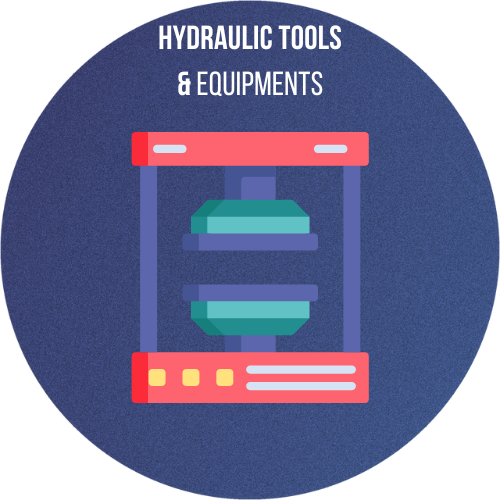7. Limitations and Considerations
While Pascal’s Law offers a solid foundation for many fluid-powered systems, it’s important to recognize its limitations. In real-world applications, various factors can influence the effectiveness, efficiency, and safety of hydraulic systems. Understanding these limitations ensures that Pascal’s Law is applied appropriately and reliably in engineering design.
7.1 Dependence on Incompressible Fluids
Pascal’s Law assumes the use of incompressible fluids (typically hydraulic oil or water). However, if air or gases are trapped in the system, they can compress under pressure, leading to:
This is why bleeding hydraulic lines (removing air) is essential during setup and maintenance.
7.2 Leak Risks and Maintenance Requirements
Hydraulic systems are vulnerable to fluid leaks due to worn seals, cracked hoses, or faulty fittings. Leaks:
-
Compromise pressure transmission
-
Reduce overall efficiency
-
Create safety hazards and environmental concerns
Frequent inspections, proper maintenance, and high-quality components are needed to ensure reliability.
7.3 Temperature Sensitivity
Fluids used in hydraulic systems can be affected by temperature changes:
-
High temperatures can reduce fluid viscosity, causing leaks or decreased pressure.
-
Low temperatures can increase viscosity, restricting flow and slowing system response.
-
Thermal expansion may lead to unwanted pressure buildup.
Temperature compensation strategies—like thermostatic valves or fluid heaters/coolers—must be considered in system design.
7.4 Material Fatigue and Component Wear
Although Pascal’s Law assumes uniform pressure transmission, system components like pistons, cylinders, and valves are still subject to mechanical stresses. Over time, repeated pressure cycles can cause:
-
Metal fatigue
-
Seal degradation
-
Cracking or deformation
Designers must select materials and tolerances appropriate for the system’s pressure and usage environment.
7.5 Response Time in Large or Complex Systems
In extensive hydraulic systems, particularly those with long pipelines or multiple actuators:
-
Pressure may take longer to equalize
-
Delays or pressure drops can occur due to frictional losses
-
Control may become less precise if the system isn’t tuned properly
Proper routing, adequate pipe sizing, and pressure regulators help mitigate these issues.
7.6 Noise and Vibration in Certain Scenarios
Though hydraulic systems often operate smoothly, certain configurations—especially high-pressure systems—can produce noise due to:
Dampening devices and anti-vibration mounts are often used to minimize these effects.
7.7 Not Suitable for All Media
Pascal’s Law works best with liquids due to their incompressibility. It is less effective or predictable with gases because gases compress significantly under pressure, making them poor candidates for precise force transmission in hydraulic-style applications.
For pneumatic systems (which use air), other principles and control strategies are more applicable.
7.8 Cost and Complexity in Small-Scale Systems
For small tasks or simple machines, hydraulic systems may not be the most economical solution. Compared to mechanical levers or electric motors, hydraulic setups can be:
In such cases, designers may choose alternative actuation methods.
In conclusion, while Pascal’s Law is extremely powerful, it must be applied with careful consideration of fluid dynamics, material limits, and environmental factors. By acknowledging its limitations, engineers can make smarter decisions in system design and ensure the safe and efficient use of hydraulic power.


 HYDRAULIC BASICS
HYDRAULIC BASICS  HYDRAULIC COMPONENTS
HYDRAULIC COMPONENTS  HYDRAULIC SYSTEM
HYDRAULIC SYSTEM  HYDRAULIC SYMBOLS
HYDRAULIC SYMBOLS  HYDRAULIC STANDARDS
HYDRAULIC STANDARDS  HYDRAULIC CALCULATORS
HYDRAULIC CALCULATORS  HYDRAULIC TOOLS
HYDRAULIC TOOLS  BUYER’S GUIDES
BUYER’S GUIDES 


